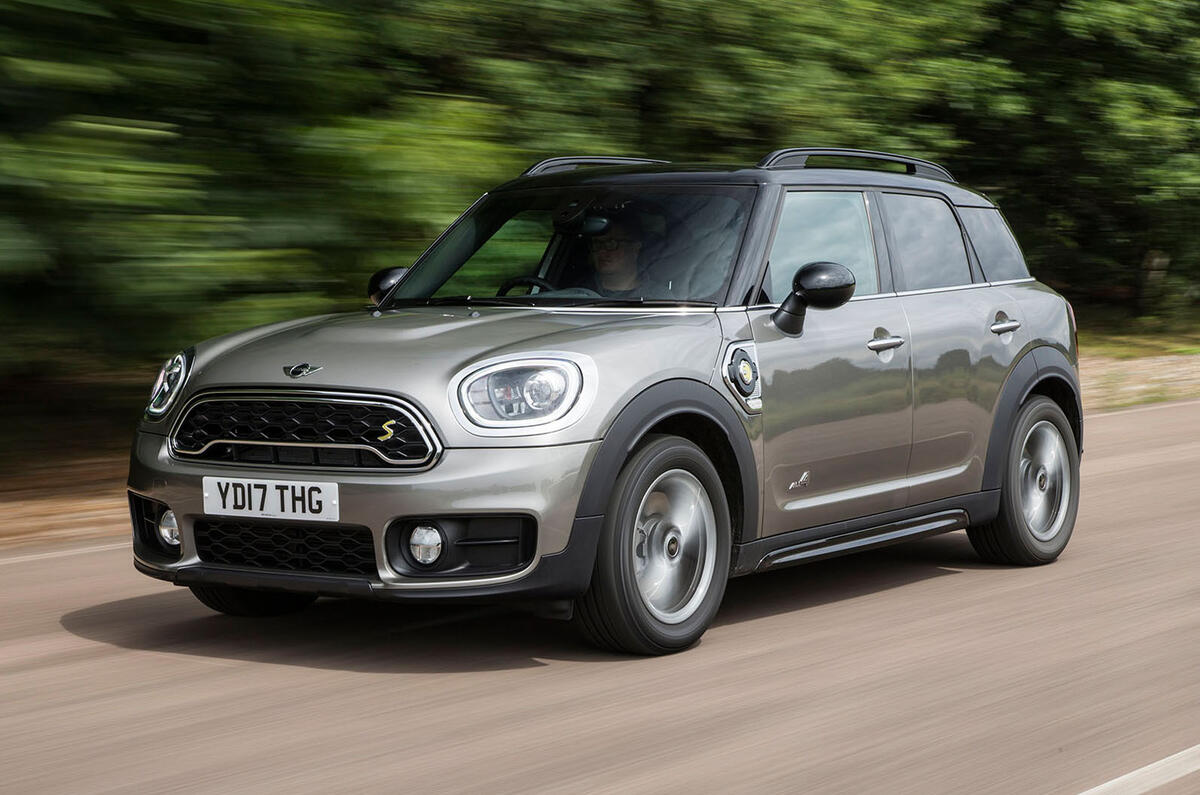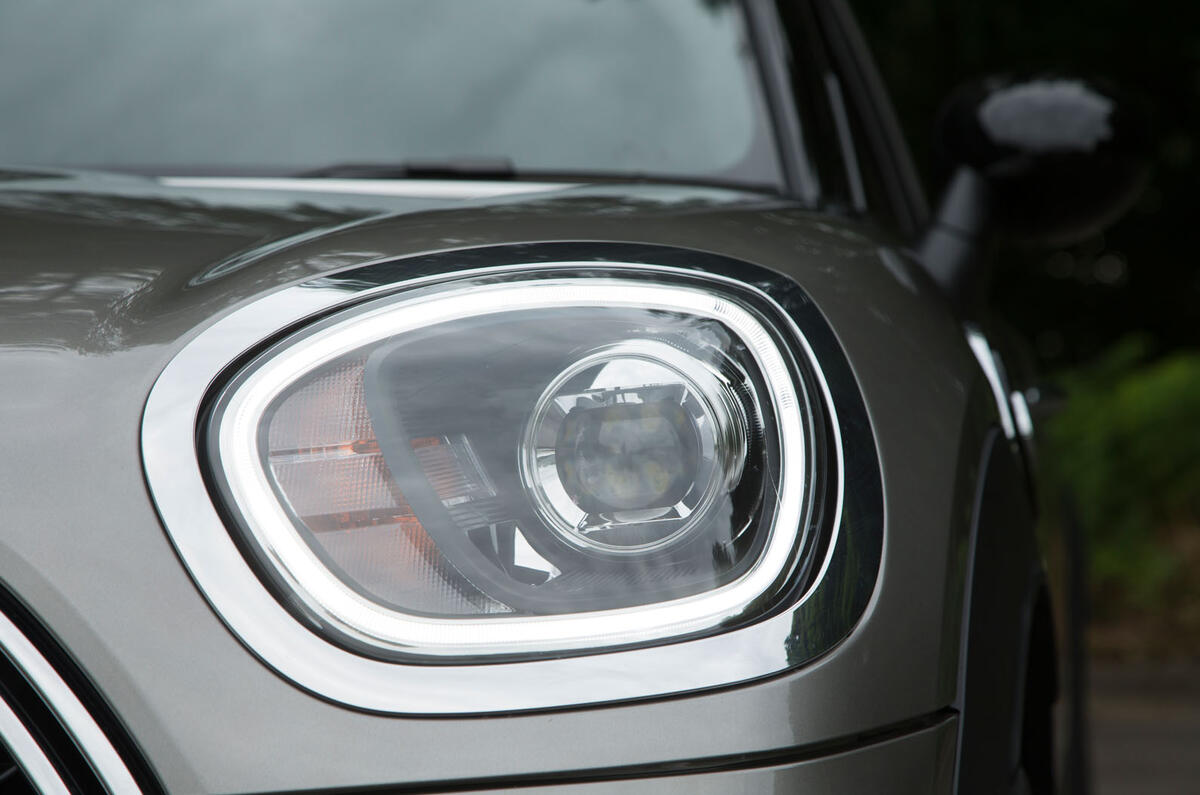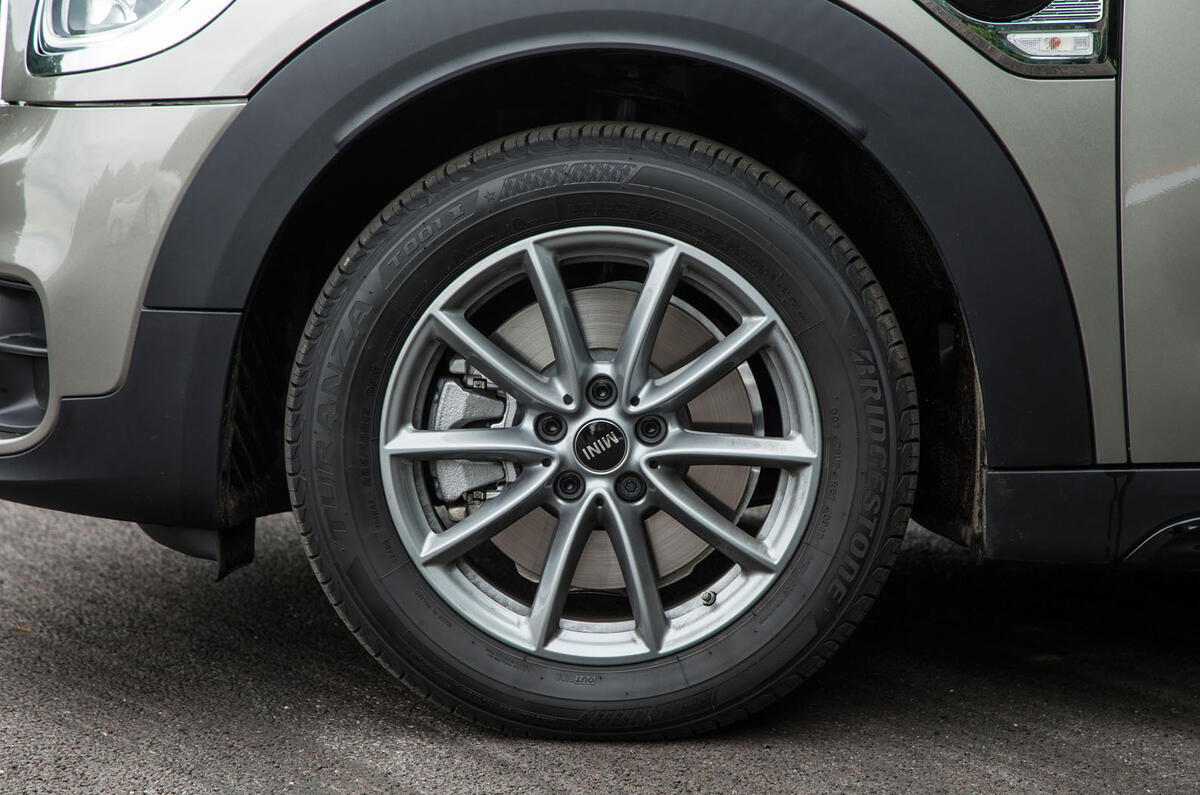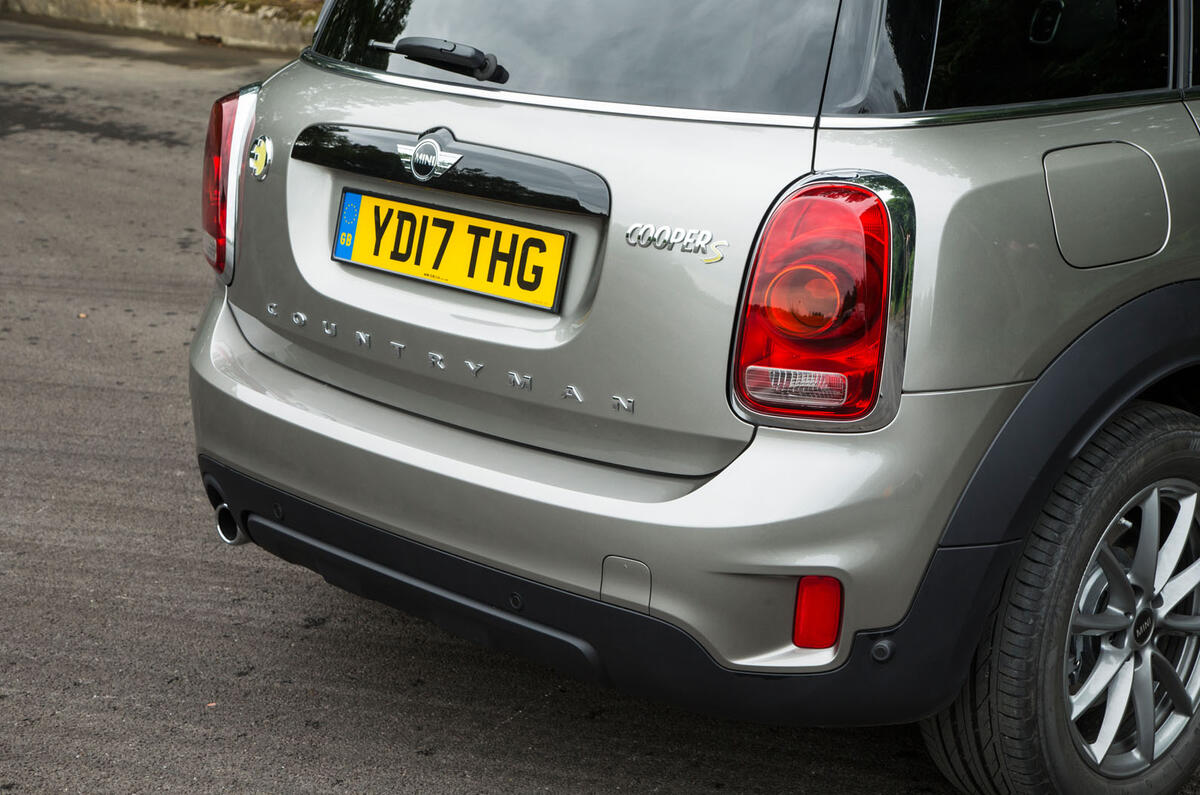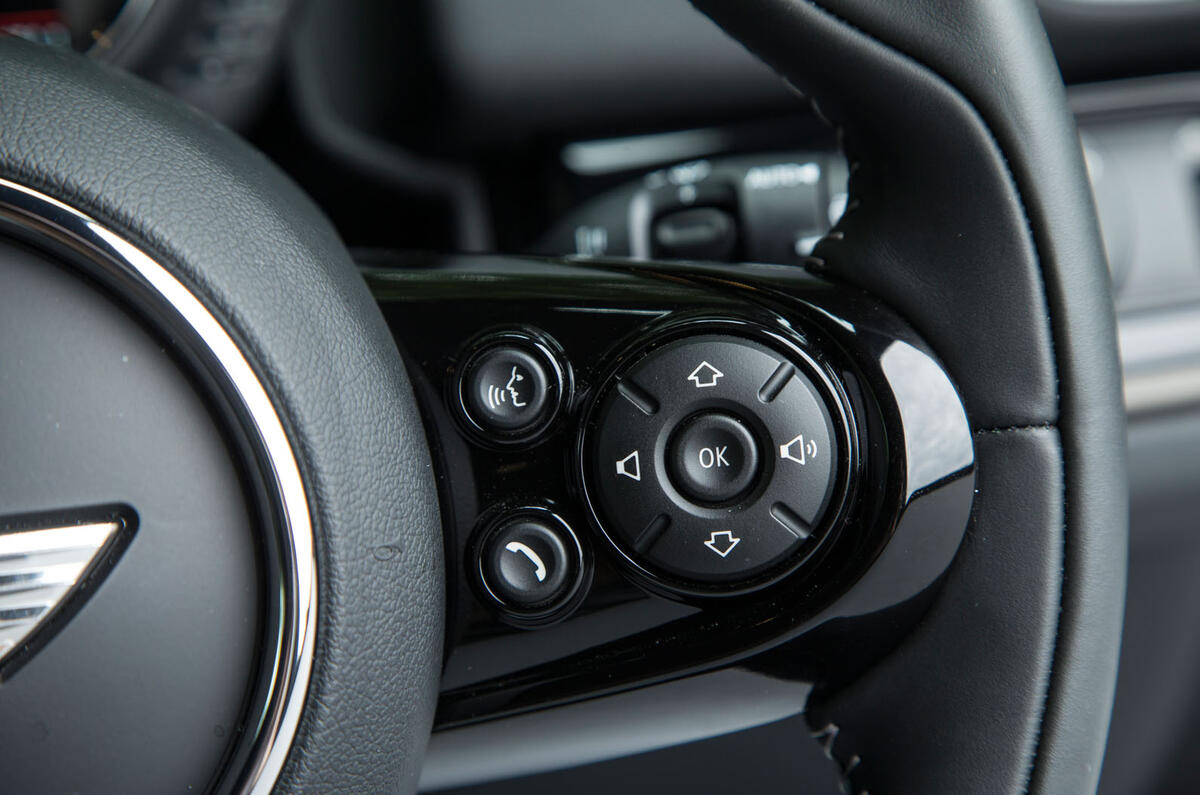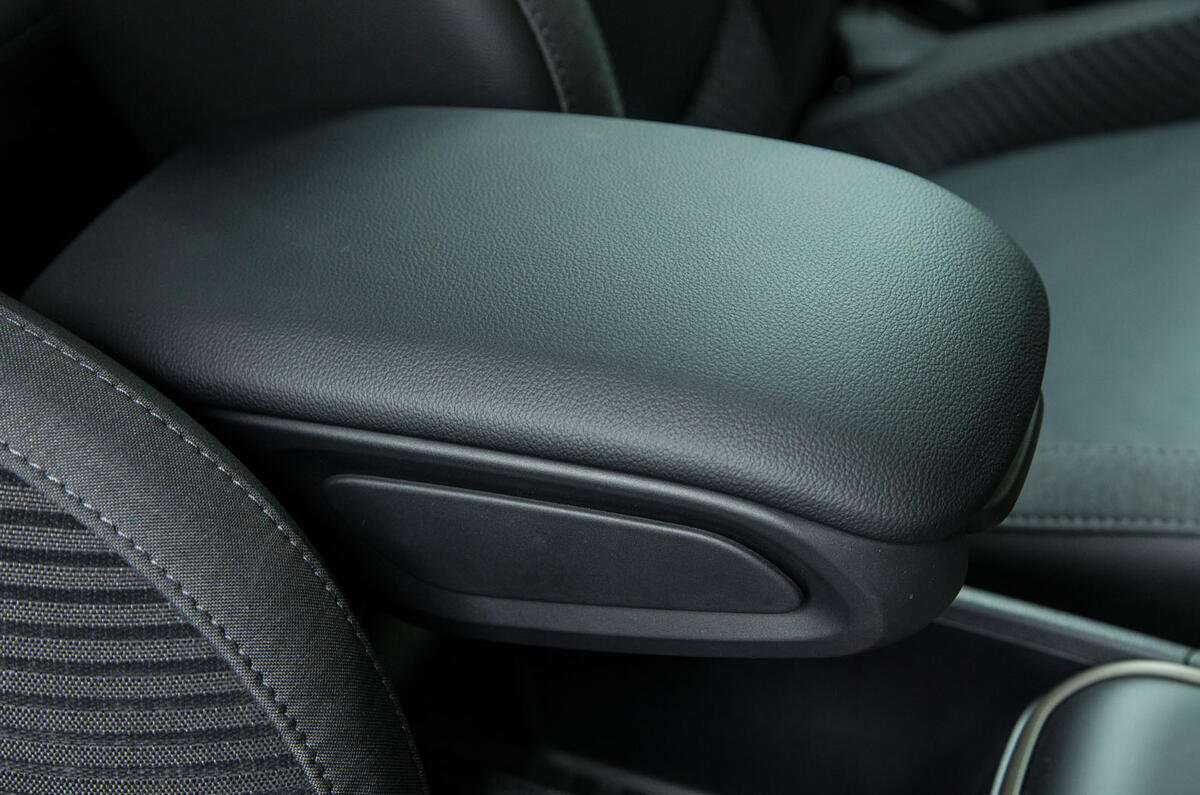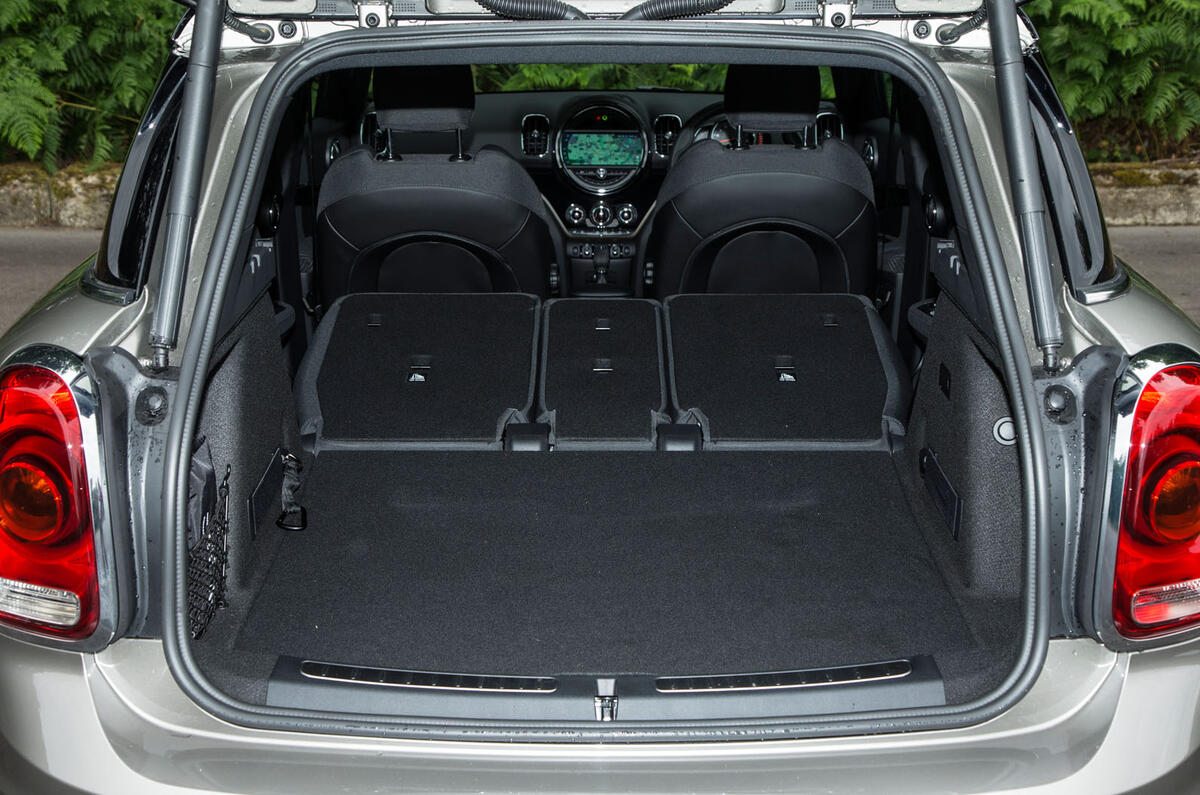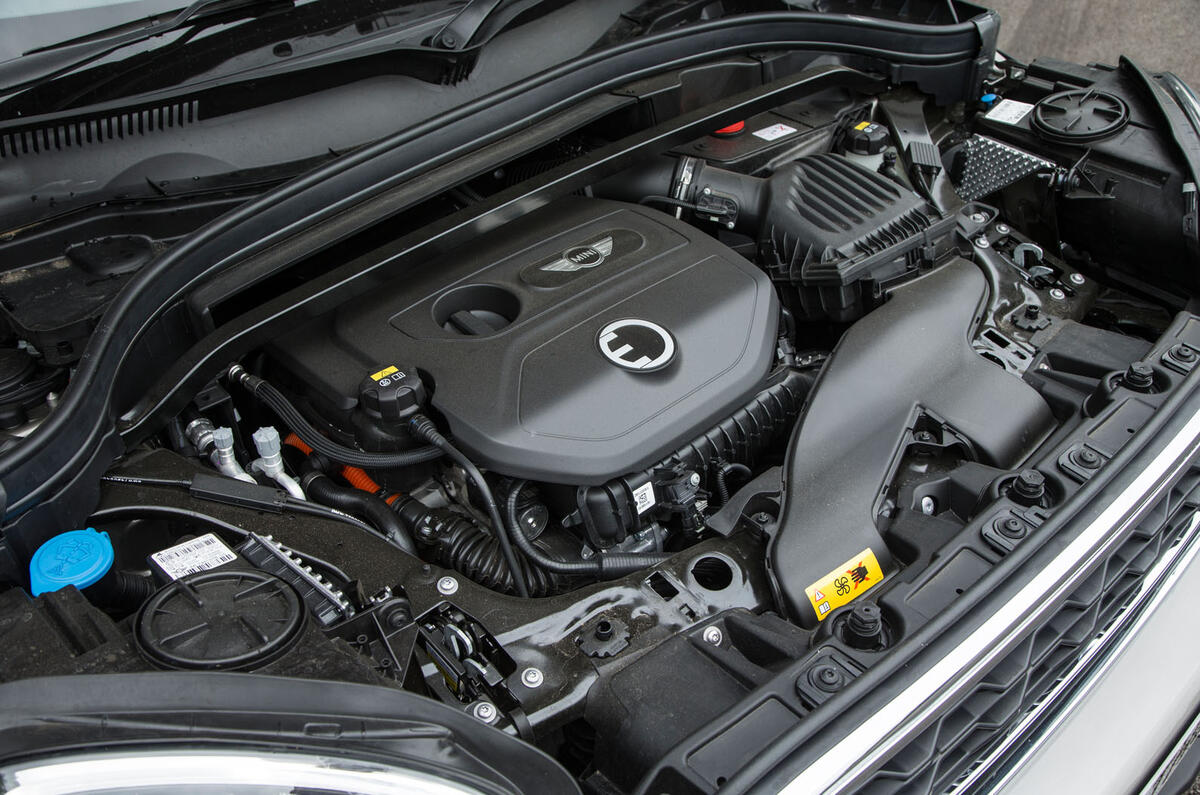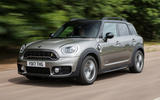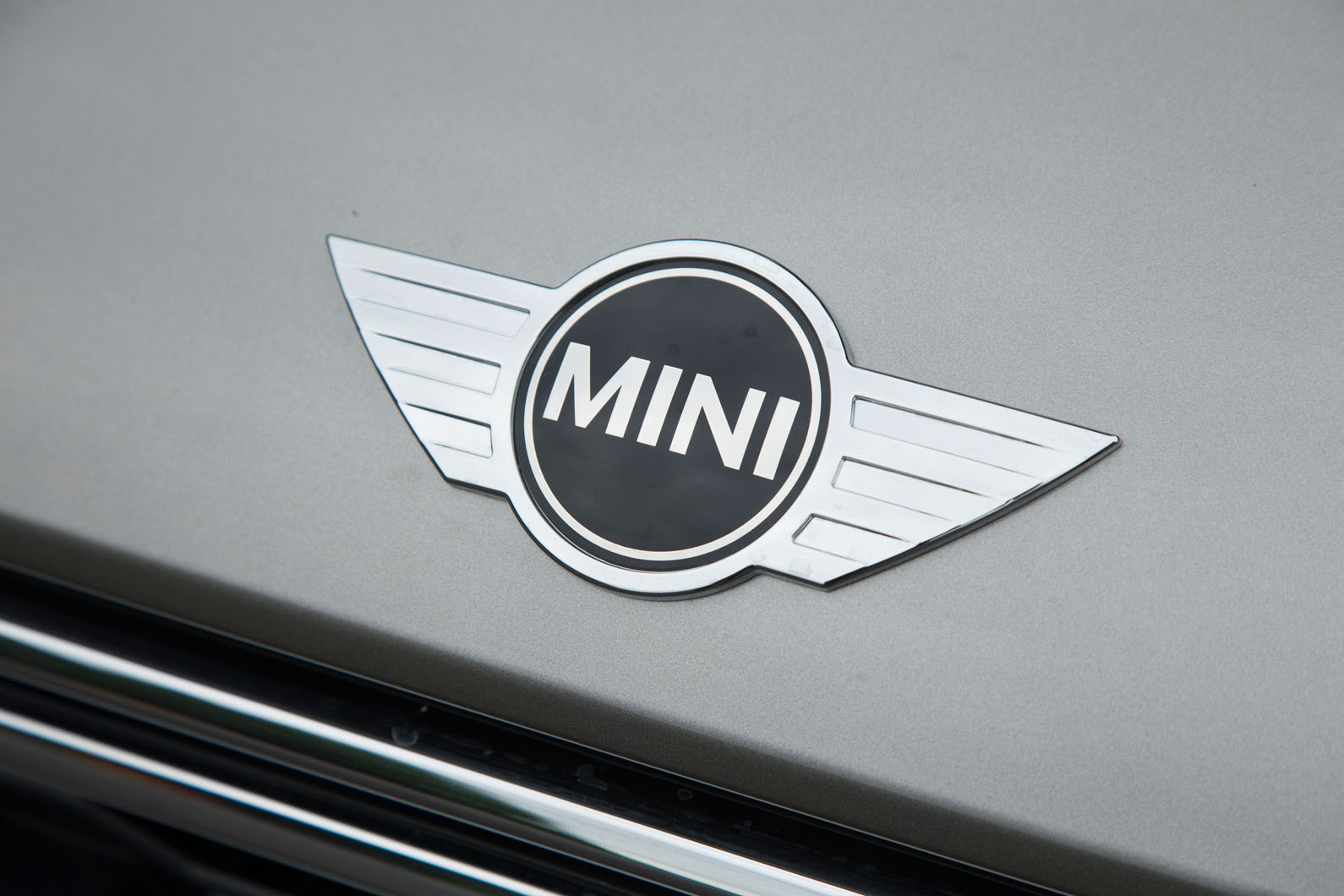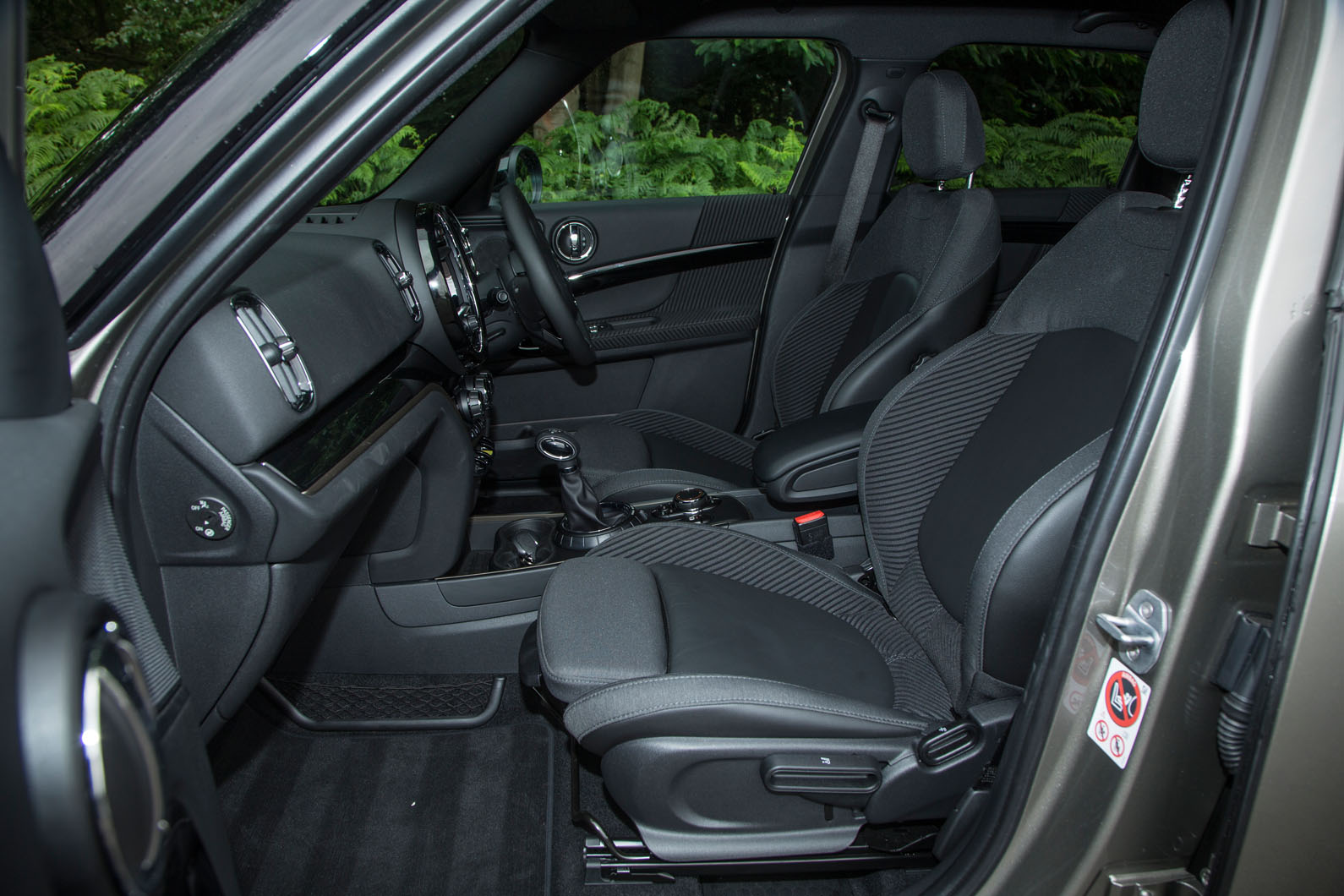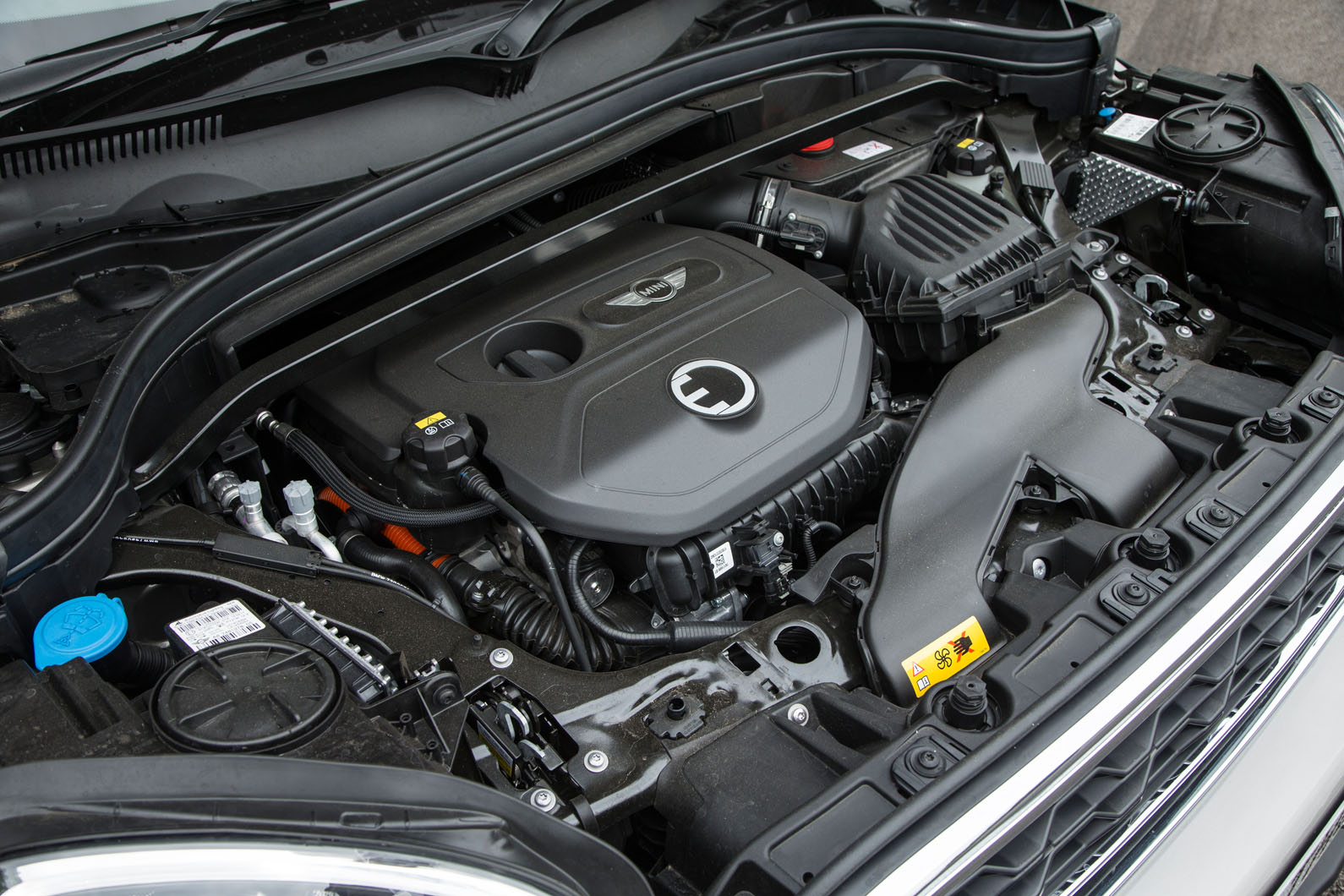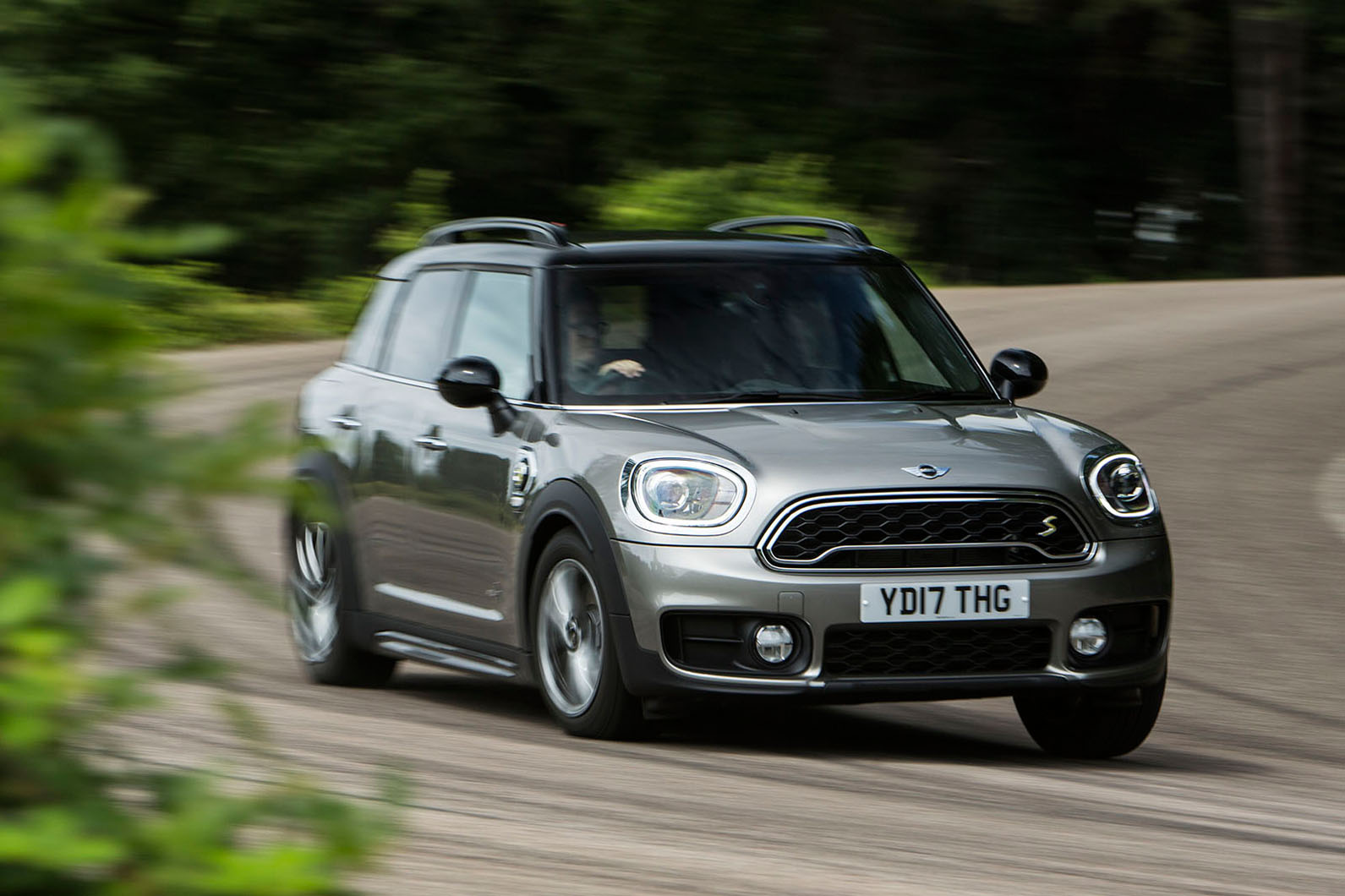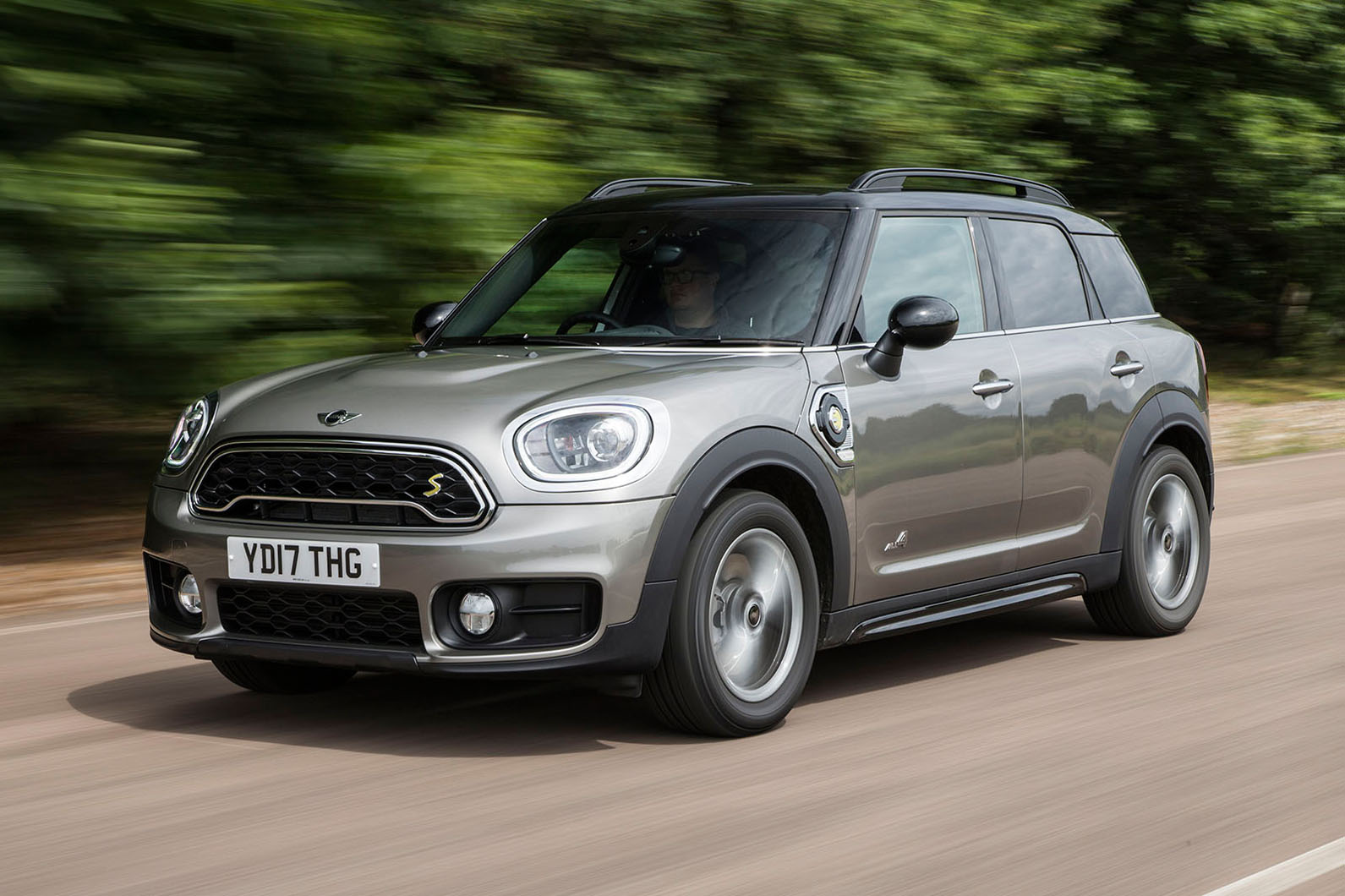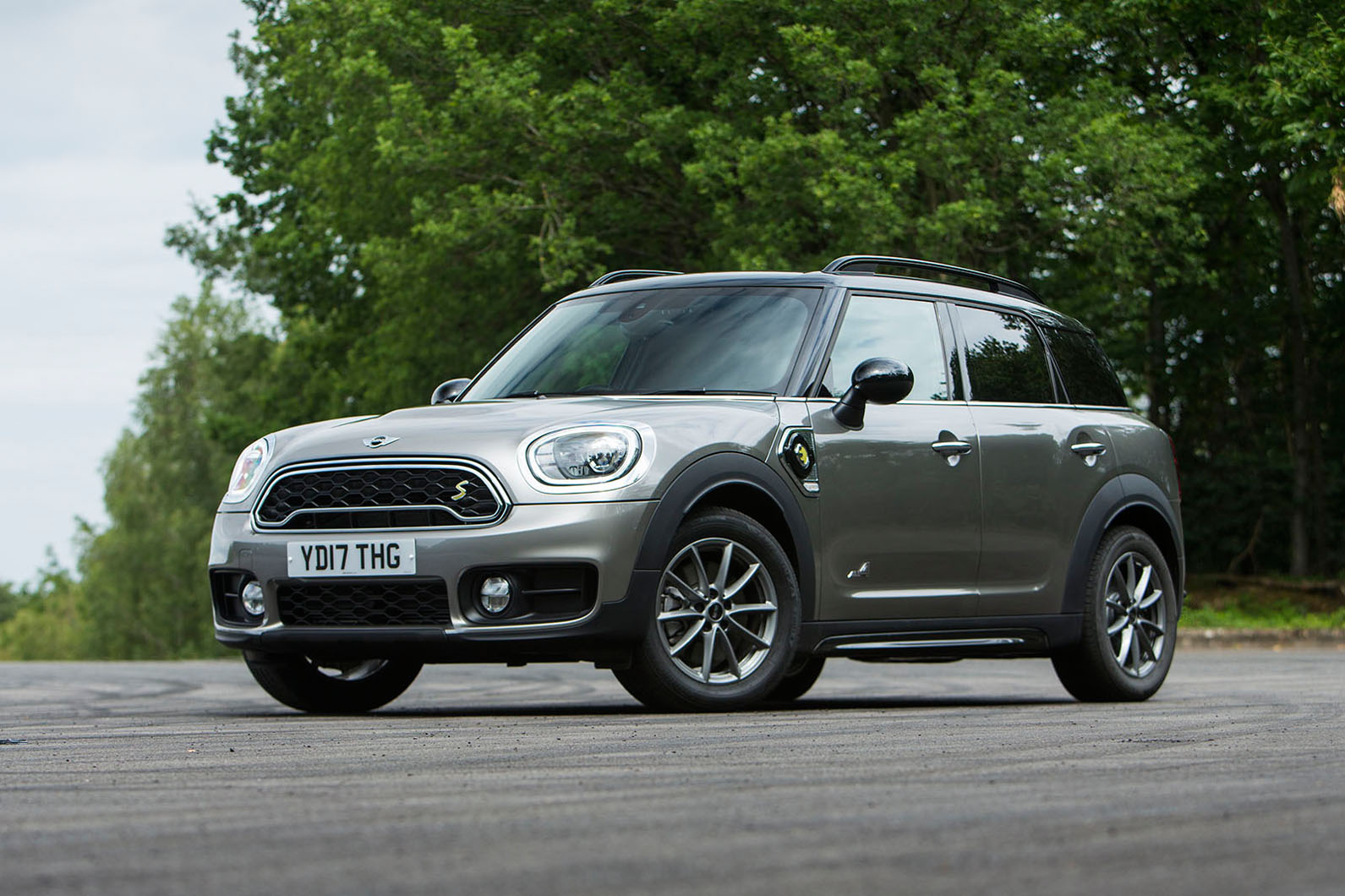Mini’s famously youthful, urban-dwelling customer base would lap up the chance to buy an electric car, you’d imagine – and before too long, they’ll be able to do just that.
The firm has been experimenting with an electric-only model since it introduced a fleet of 600 prototype Mini E superminis onto European roads in 2009. We drove one from Brighton to Glasgow in 2010, just to prove it could be done (although it took fully 96 hours, in the days before motorway fast chargers existed).
In 2019, Mini will launch its first all-electric series-production model – a car the firm’s management is already describing as its ‘fifth superhero’ after the standard three and five-door Mini hatch supermini, the Mini Convertible, the Mini Clubman and the Mini Mini Countryman. Time will tell how great its superpowers will be – but the word is that they’ll be delivered by breakthrough battery technology.
And for now, Mini is getting its owners, dealers and devotee fans used to the idea of an electrified option with the subject of this road test: the Countryman Cooper S E All4 plug-in hybrid.
A medium-sized five-door hatchback ready to compete with the likes of the Volkswagen Golf GTE, Audi A3 e-tron Sportback, Toyota Prius Plug-in and Hyundai Ioniq Plug-in, the Countryman Cooper S E All4 differs from its key rivals by having a slightly raised crossover-style ride height and seating position, and also by backing that up with the extra capability of four driven wheels.


